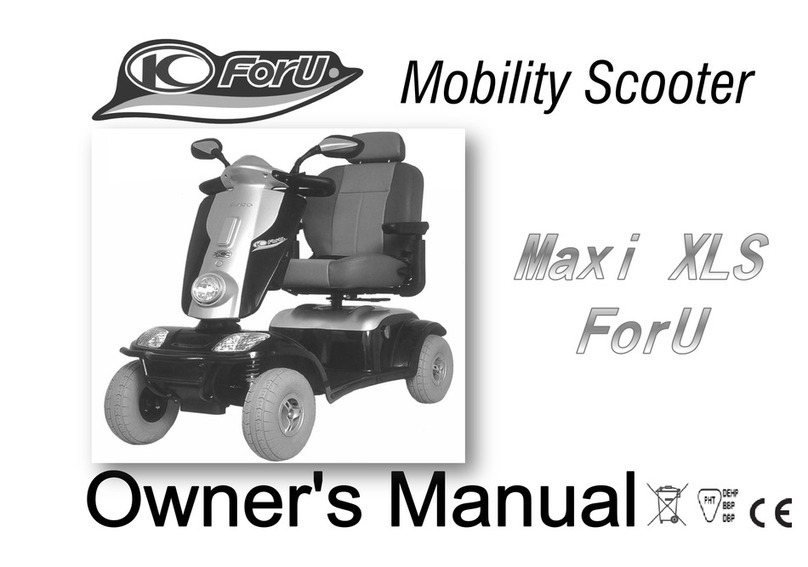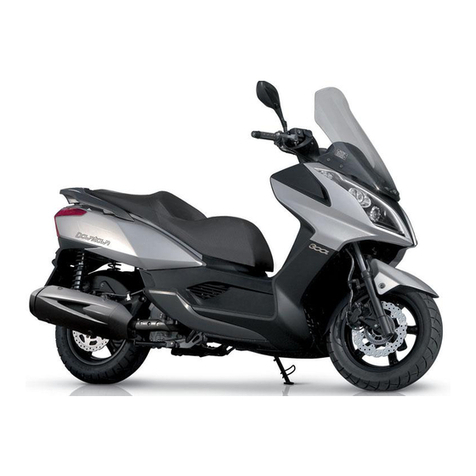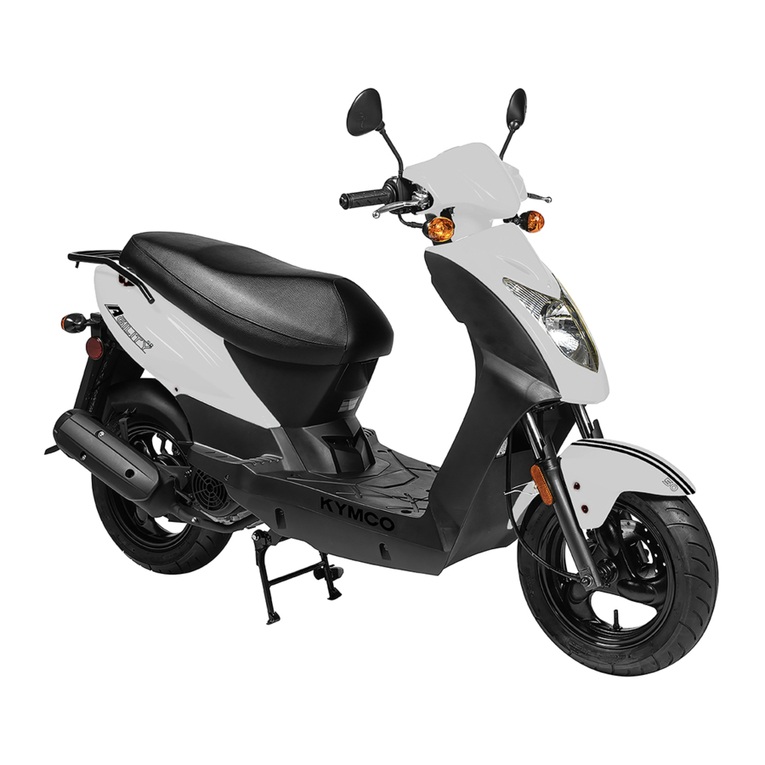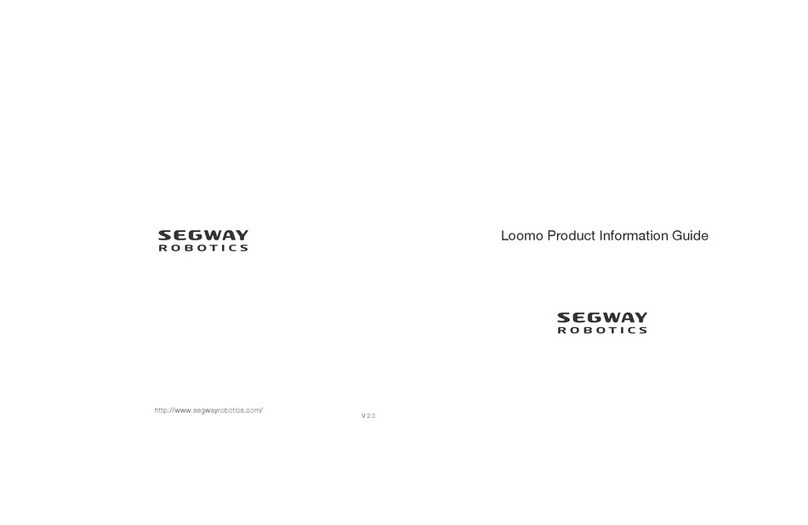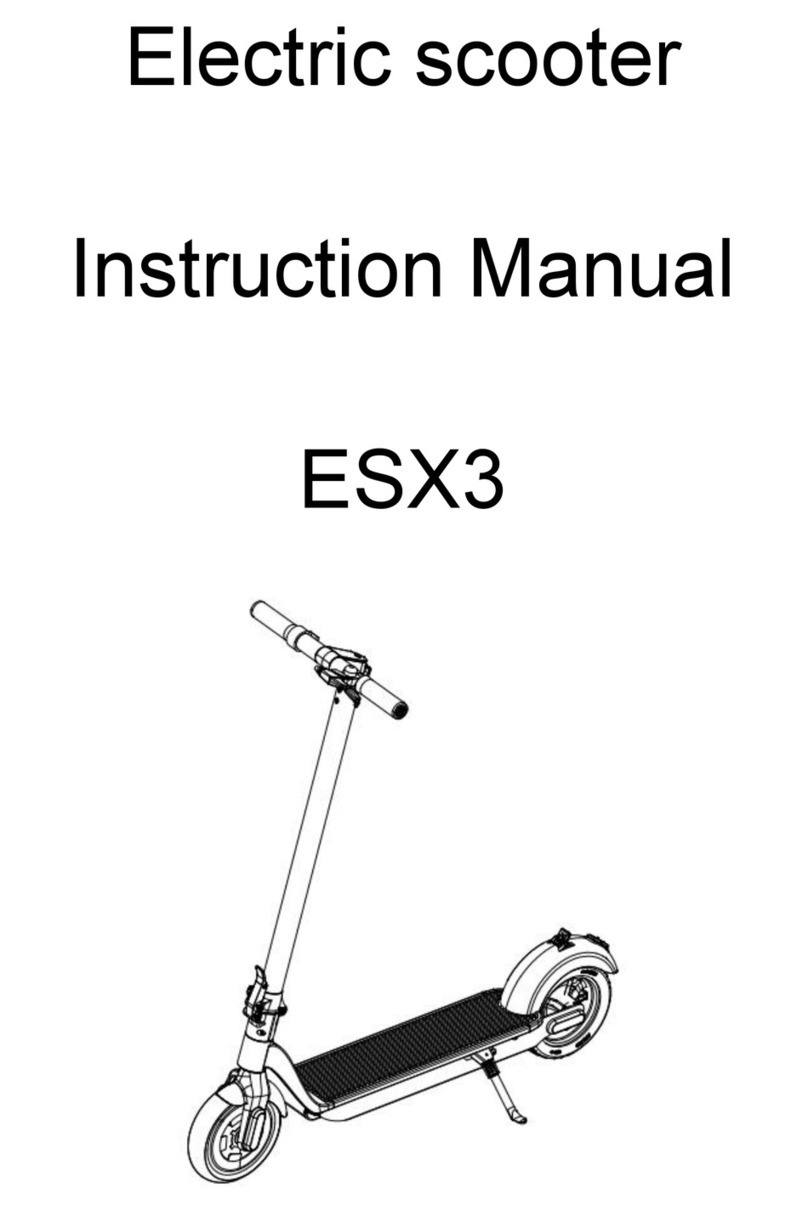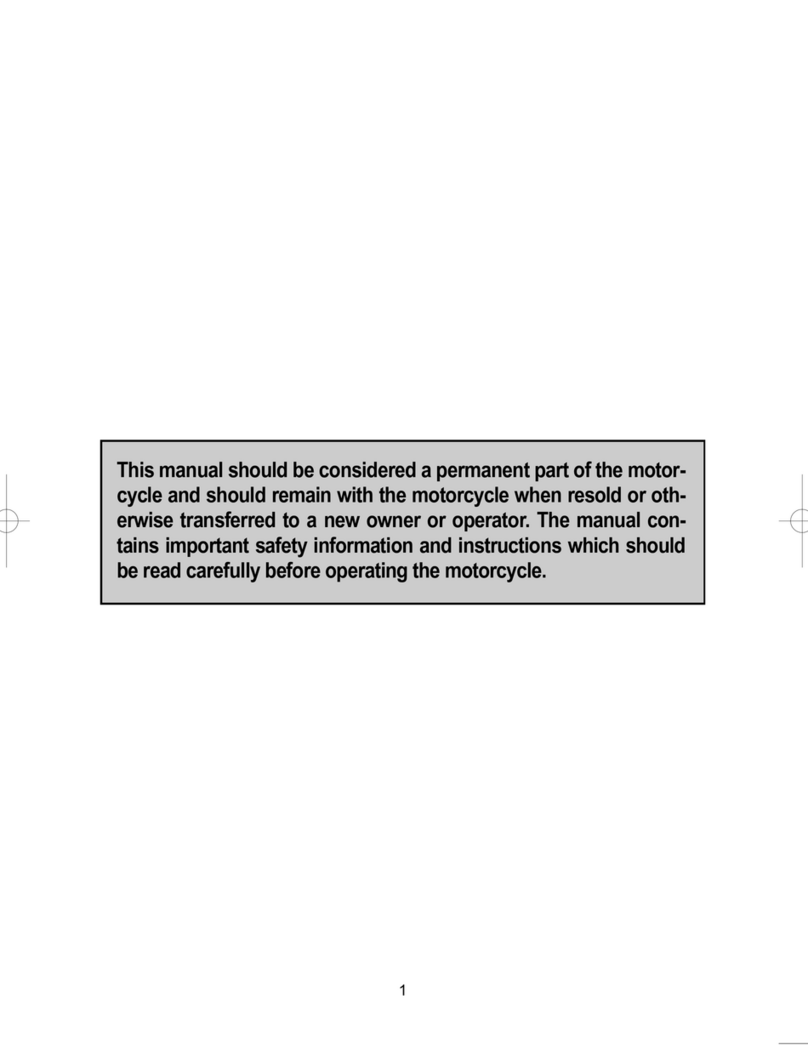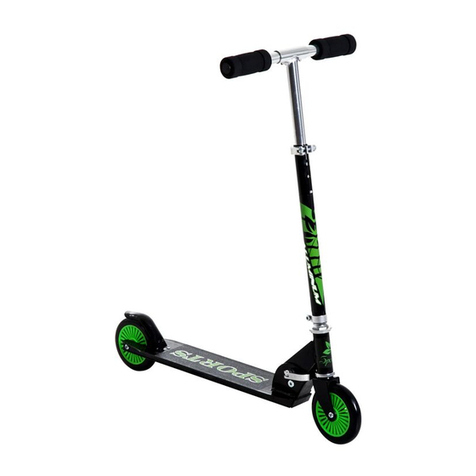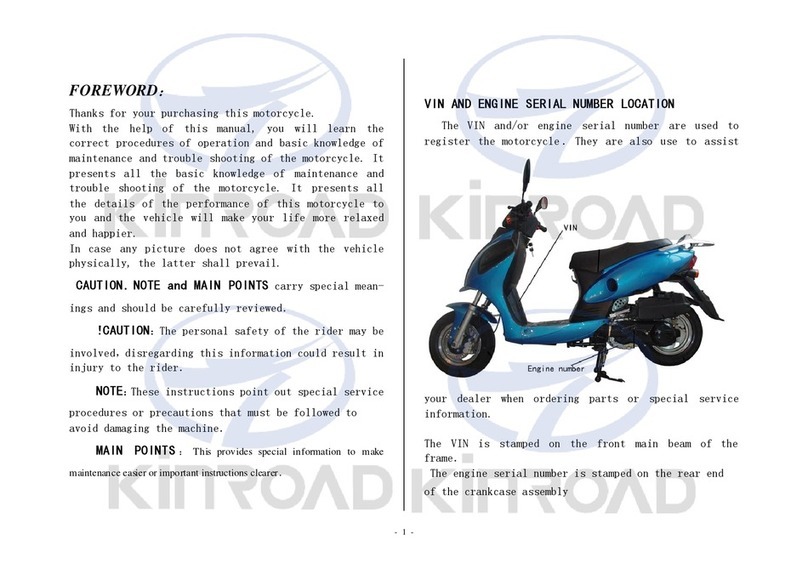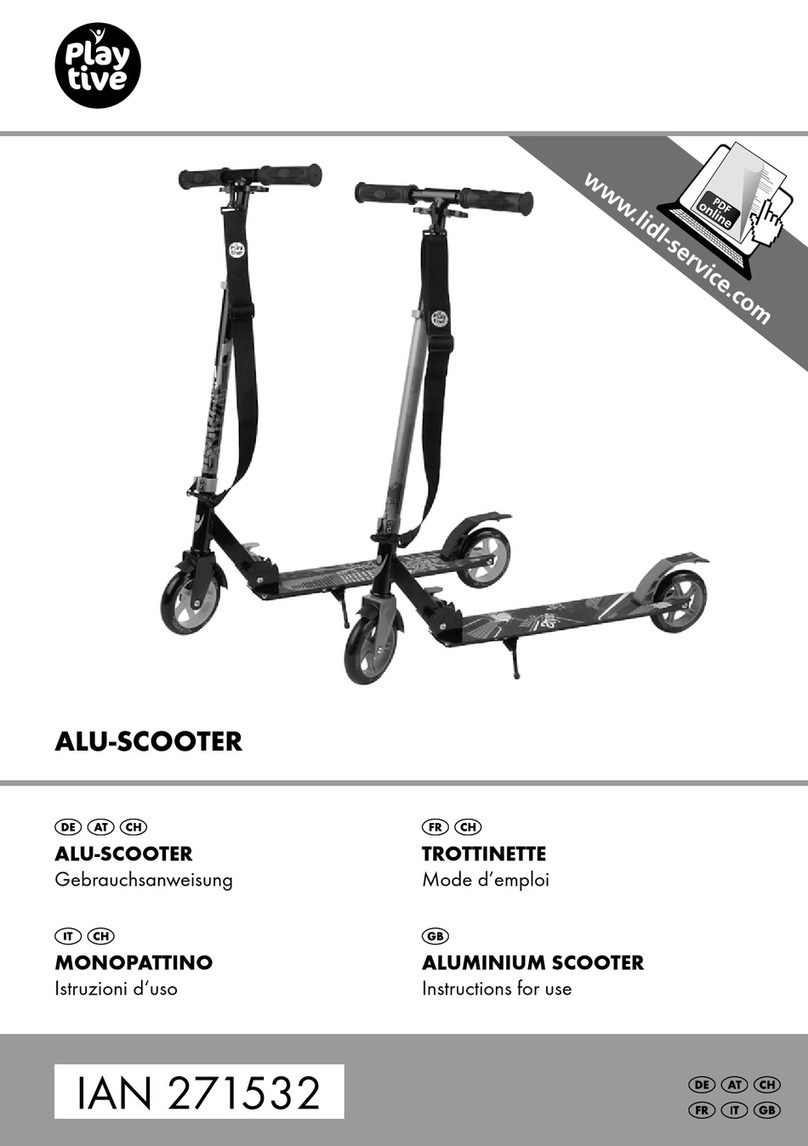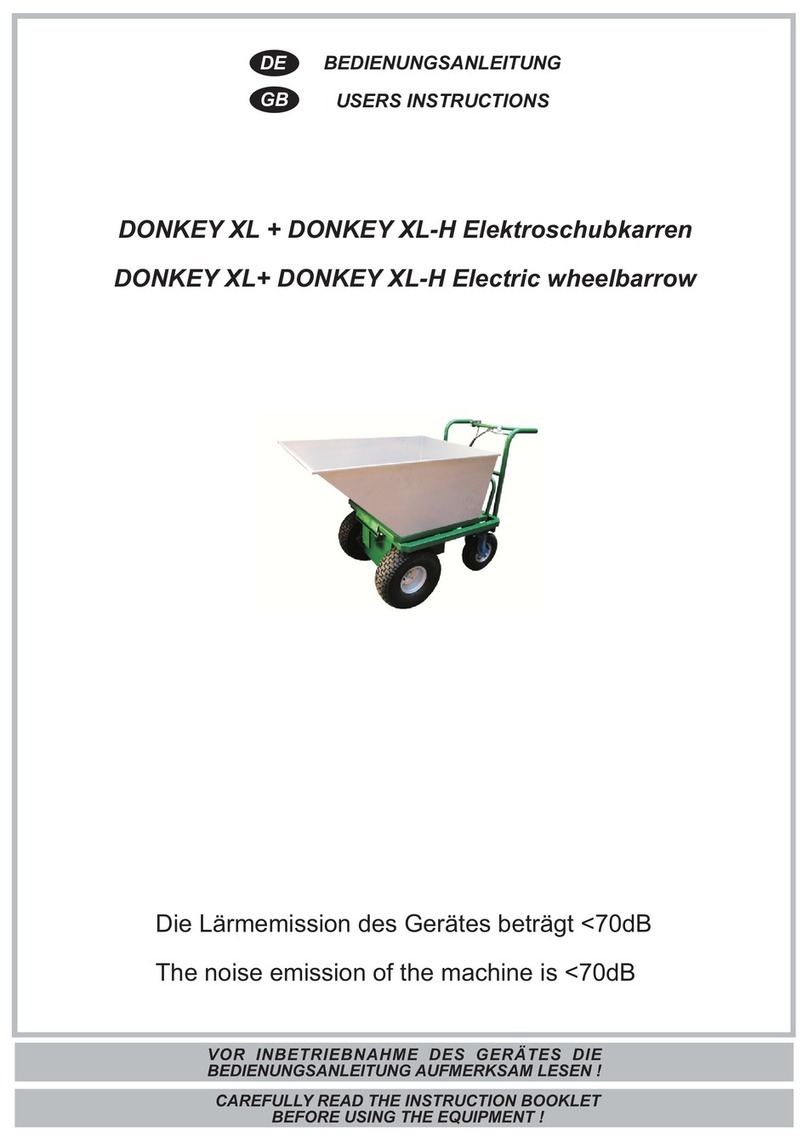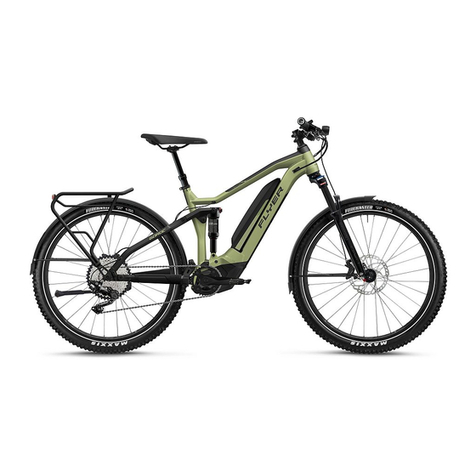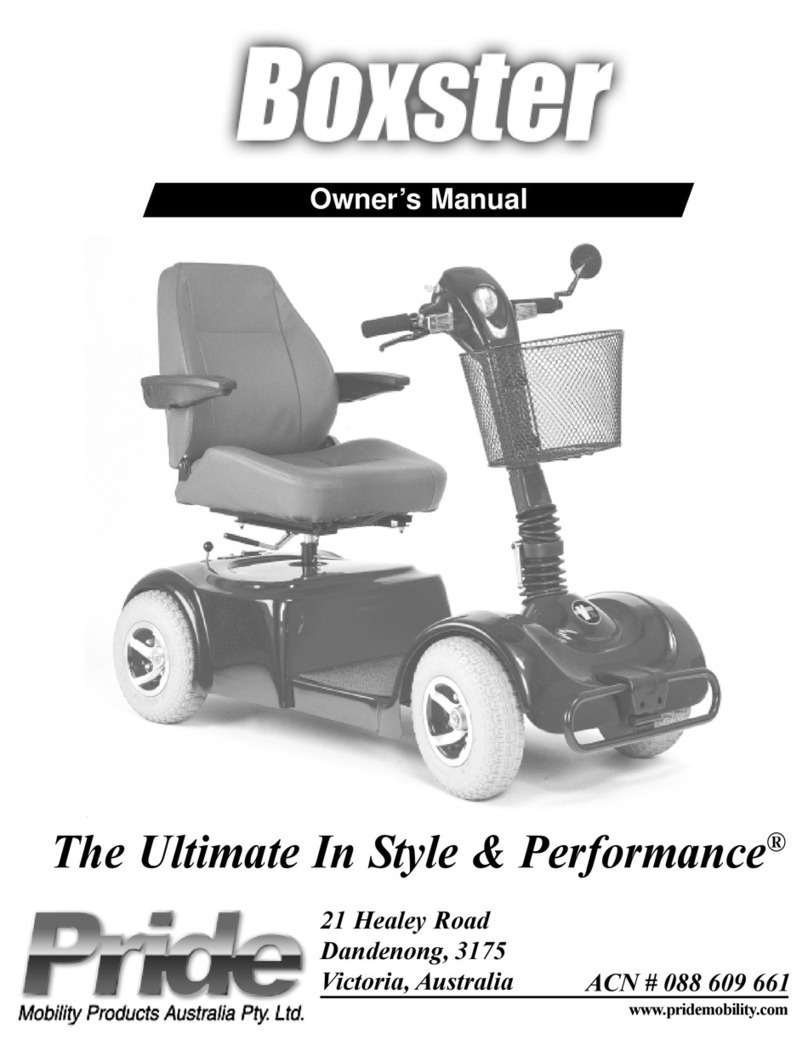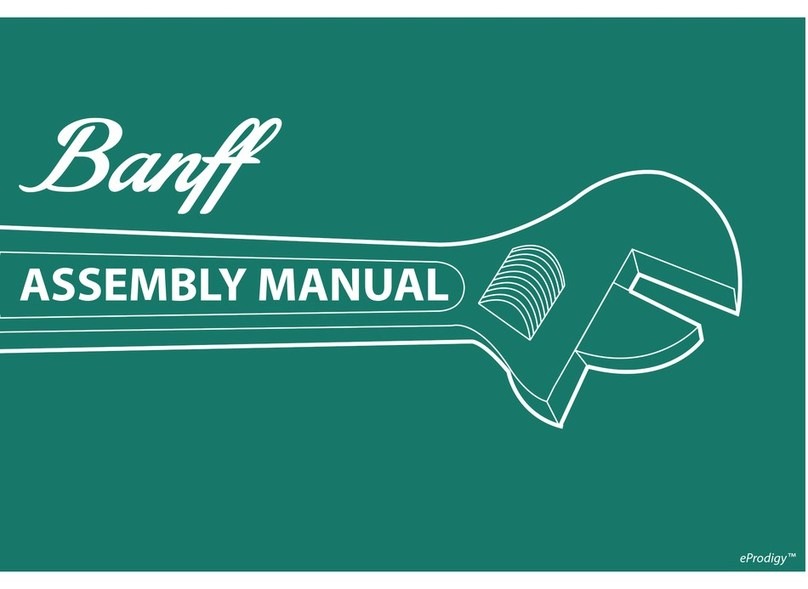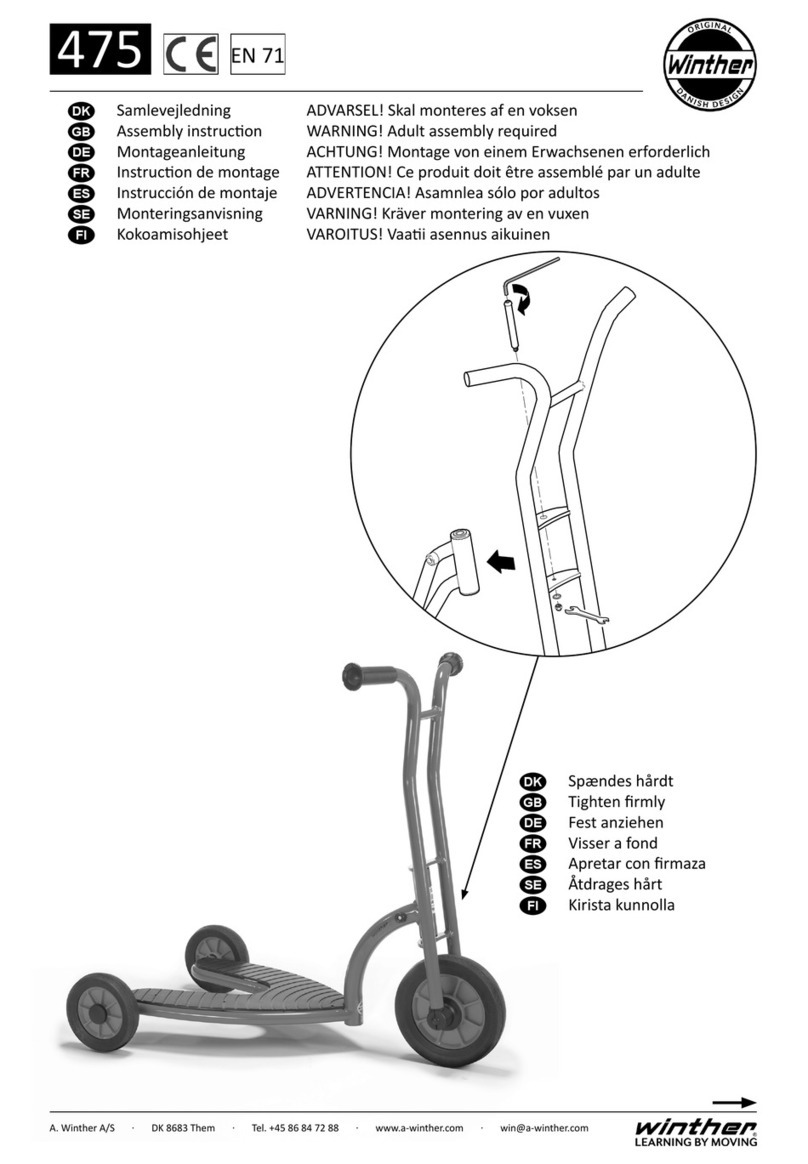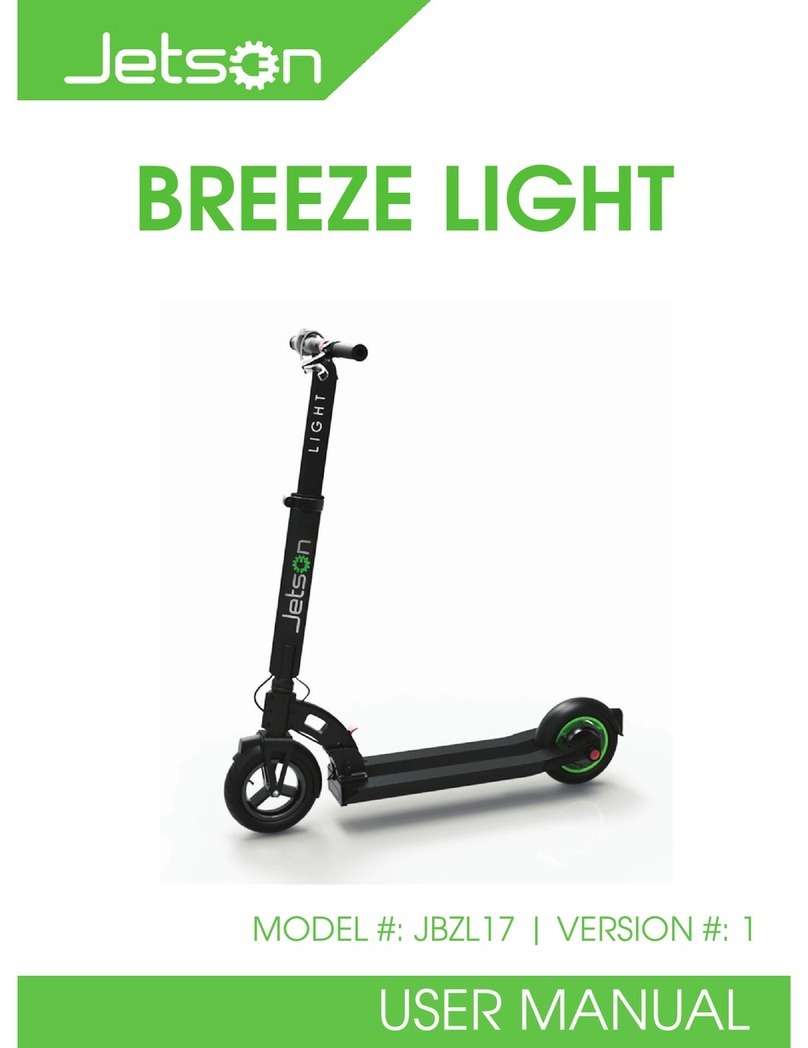KYMCO ZX 50 User manual
Other KYMCO Scooter manuals

KYMCO
KYMCO Downtown 125i 2009 User manual
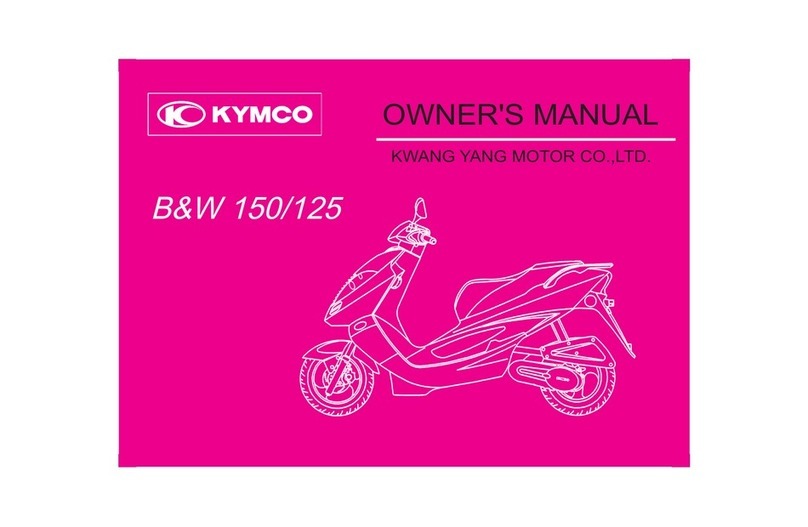
KYMCO
KYMCO B&W 125 User manual

KYMCO
KYMCO ZX User manual

KYMCO
KYMCO Like 200i User manual

KYMCO
KYMCO Agility User manual

KYMCO
KYMCO Super 9 User manual
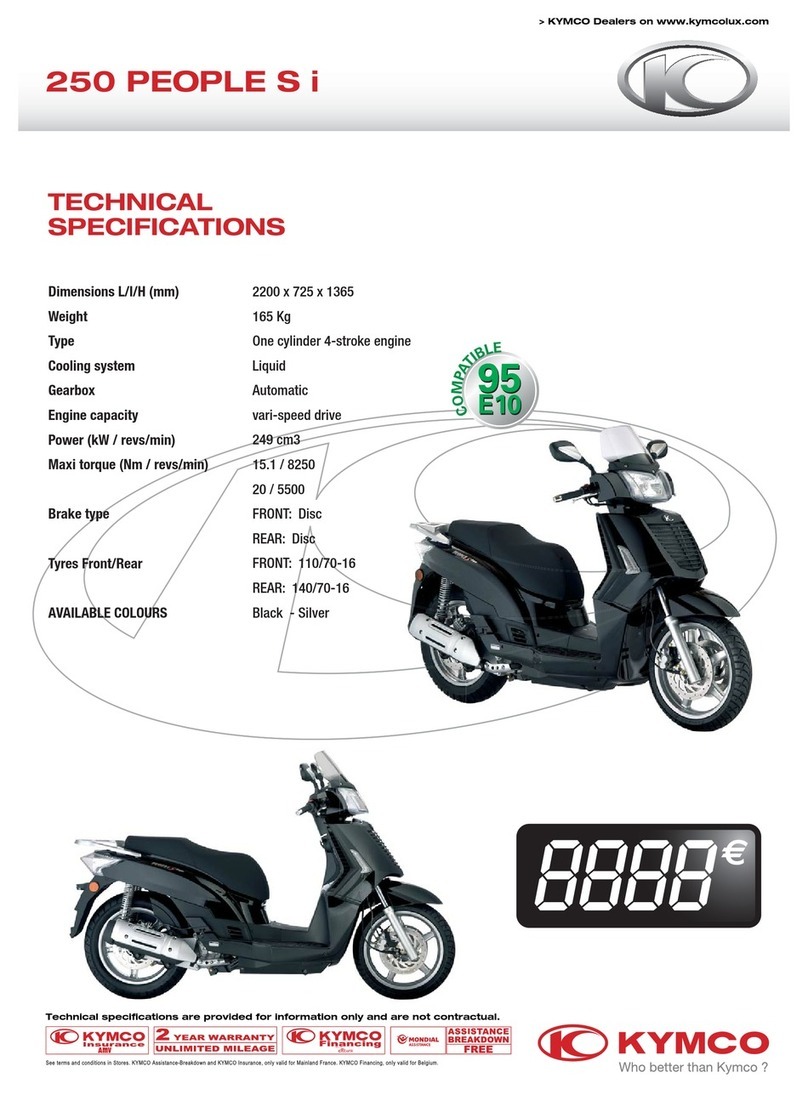
KYMCO
KYMCO 250 PEOPLE S INJECTION User manual
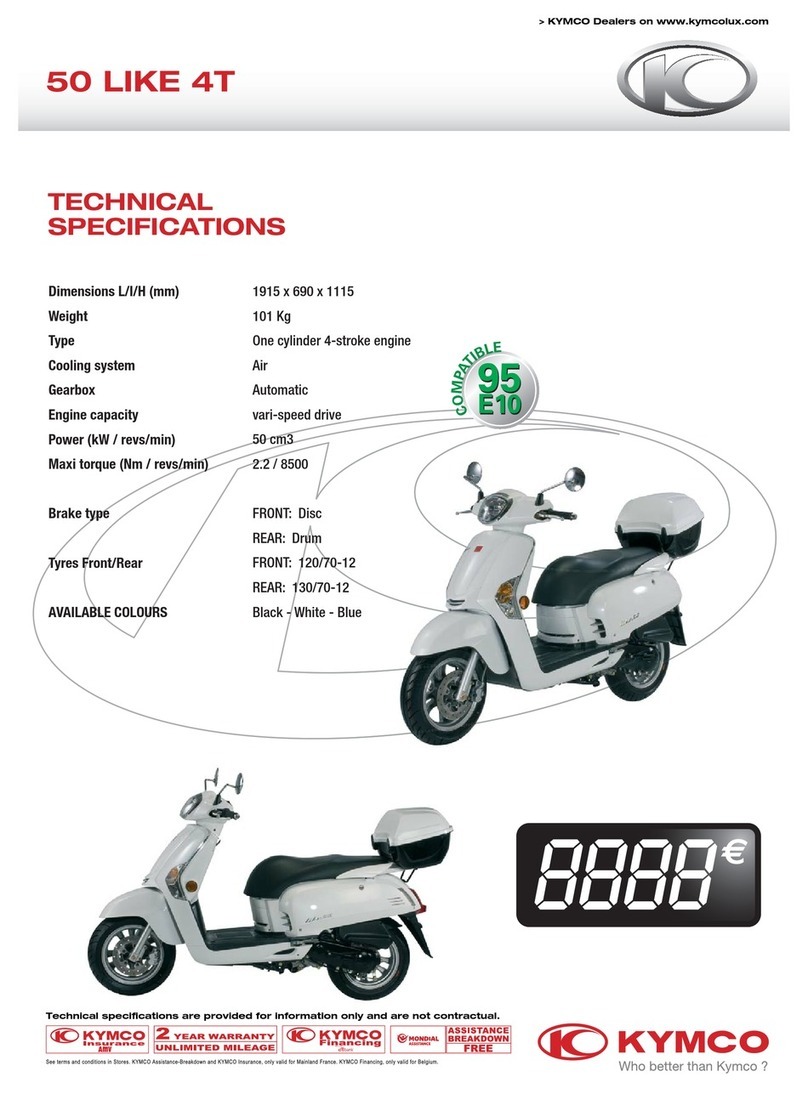
KYMCO
KYMCO 50 LIKE 4T User manual

KYMCO
KYMCO downtown 300i User manual

KYMCO
KYMCO Agility Carry 50i User manual

KYMCO
KYMCO LIKE 150i User manual

KYMCO
KYMCO PEOPLE S 50 User manual
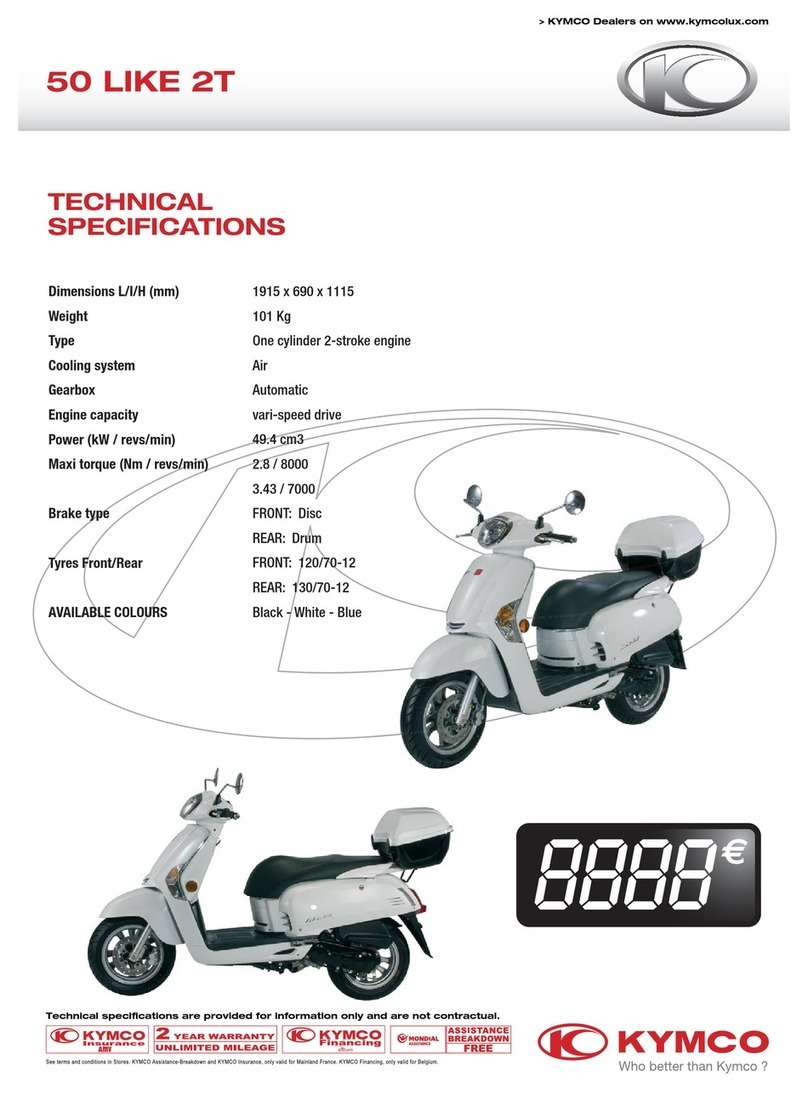
KYMCO
KYMCO 50 LIKE 2T User manual

KYMCO
KYMCO PEOPLE S 50 2005 User manual
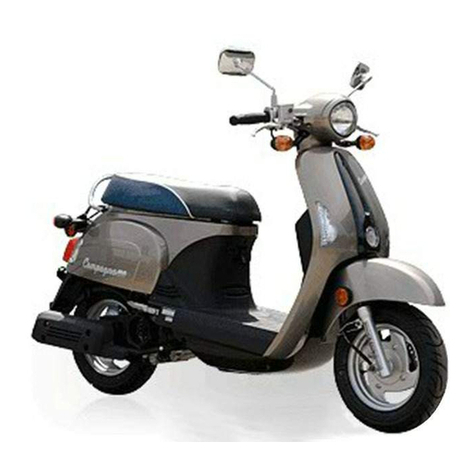
KYMCO
KYMCO Compagno 110i User manual

KYMCO
KYMCO SPIKE 125 User manual

KYMCO
KYMCO People S 250 User manual

KYMCO
KYMCO downtown 300i User manual

KYMCO
KYMCO 125 AGILITY CITY - User manual
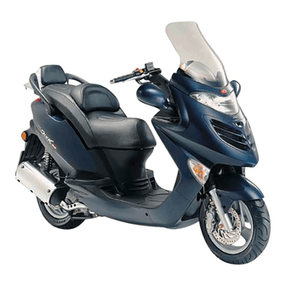
KYMCO
KYMCO GRAND DINK 250 User manual
